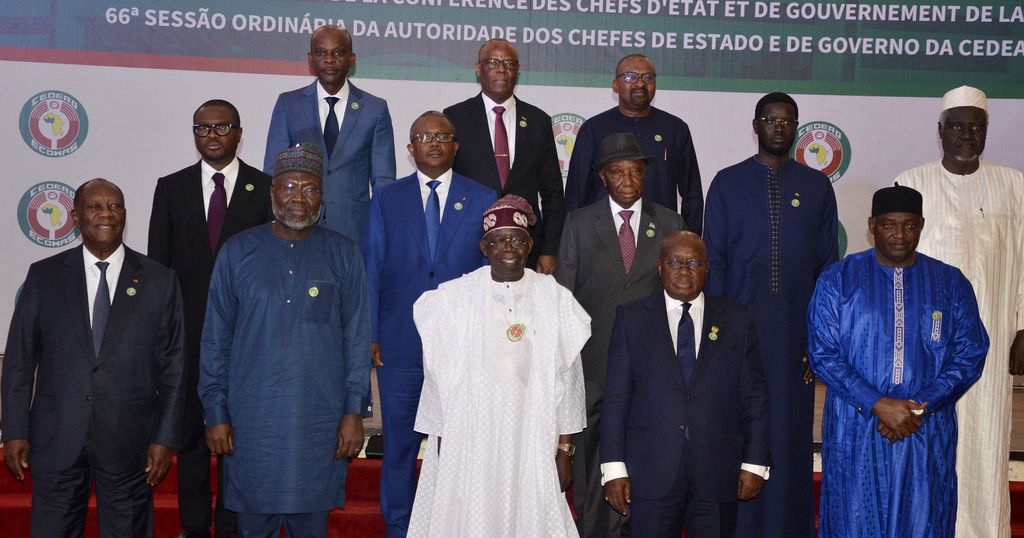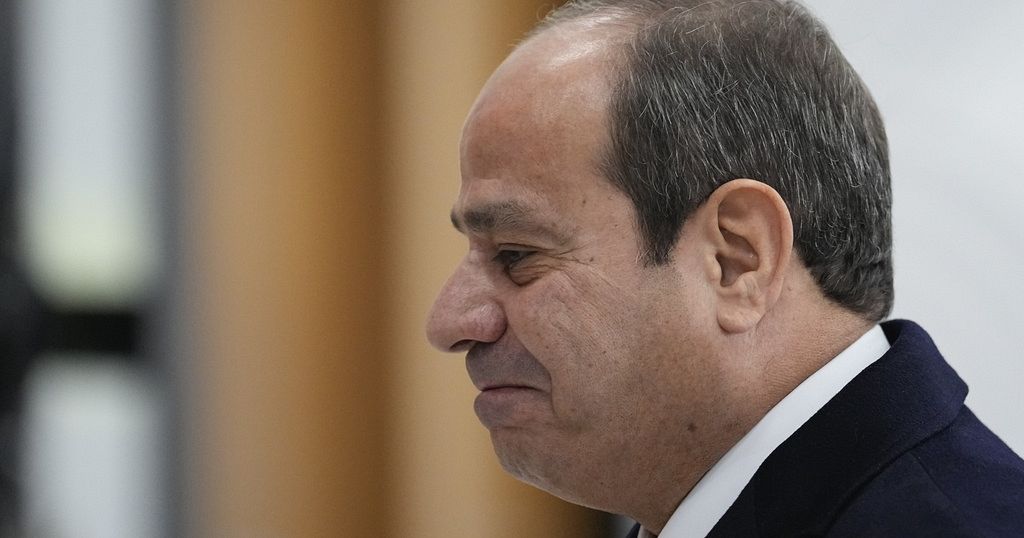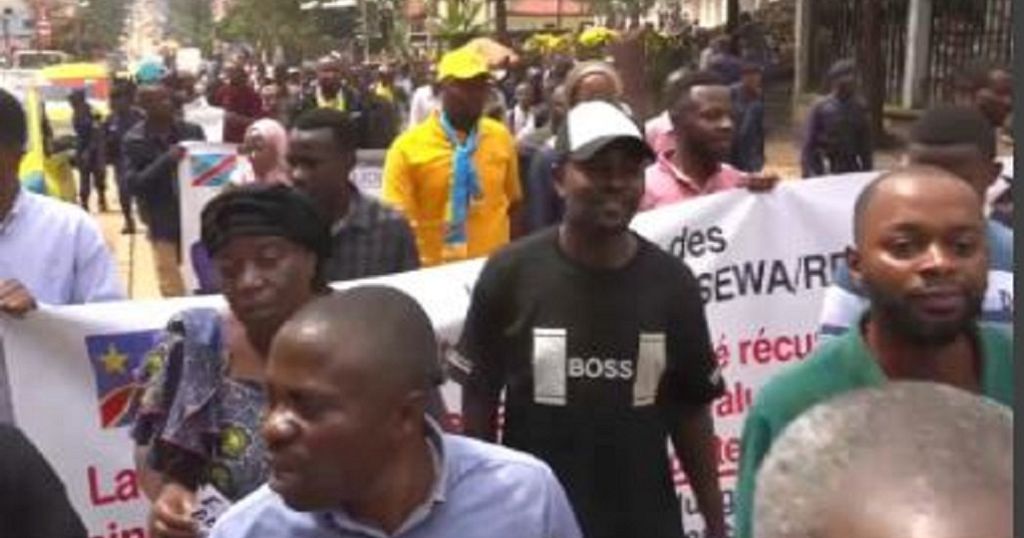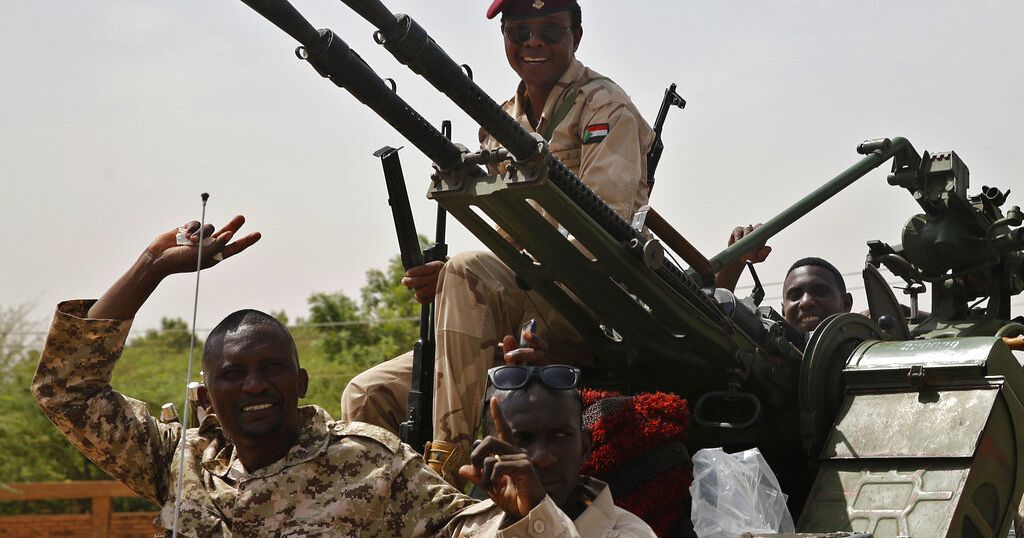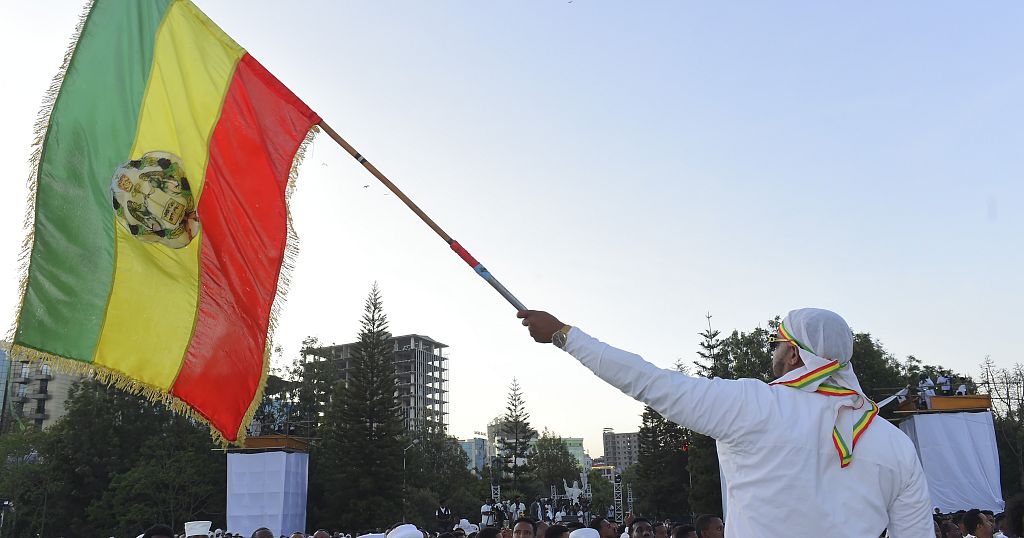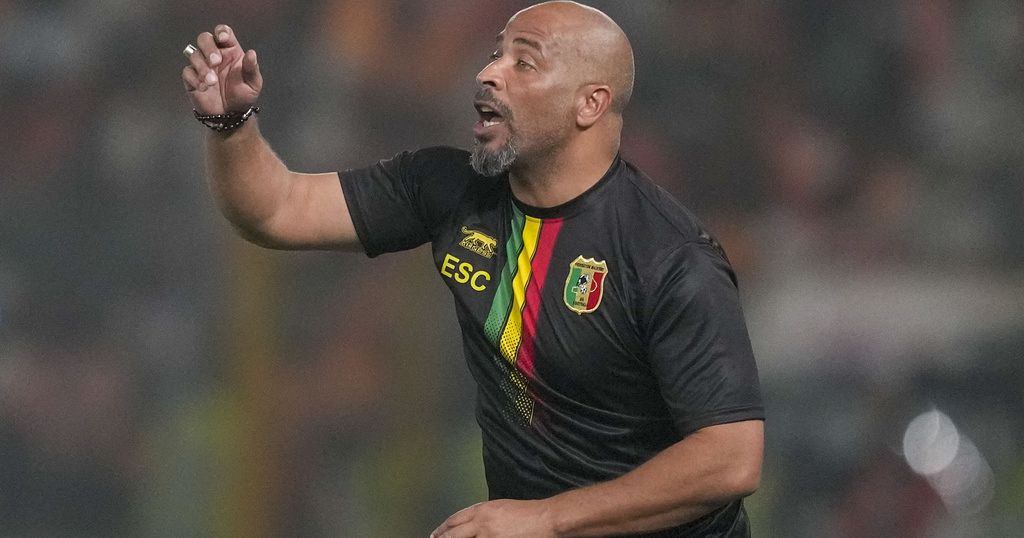What is at stake for African sovereign debt in 2025? [Business Africa]
![What is at stake for African sovereign debt in 2025? [Business Africa] What is at stake for African sovereign debt in 2025? [Business Africa]](https://static.euronews.com/articles/stories/08/95/13/36/1024x538_cmsv2_f788cdcf-3a61-51f2-a404-29b5263cc125-8951336.jpg)
Over 20 African countries will spend more on debt service than on healthcare or education in 2025. The picture gets even more complicated given interest rates are not expected to fall sharply.
Over half of all total debt repayment will go to private creditors. A lot of that is down to the cost of capital.
African countries pay more to borrow compared to their richer counterparts. Debt restructuring is also painstakingly slow.
Ethiopia, Ghana and Zambia are still yet to fully conclude relief terms with their creditors.
Our guest this week is David McNair, the executive director of One Campaign. He discusses the growing influence of private lenders, the role of the IMF and the World Bank in bringing down the cost of borrowing, and South Africa’s G20 presidency as a chance to tackle the debt crisis.
Africa’s cement market surges
Africa’s cement market is projected to expand from $35B in 2024 to $42B by 2030. That’s an annual growth rate of 4.7%.
One of the drivers is Chinese cement makers running away from a shrinking market back home.
Led by Huaxin, Chinese companies invested in nine new cement projects in Africa in 2023, and five in 2024.
With operations in seven African countries, Huaxin is now Africa’s second-largest cement maker after Dangote.
Suez canal boosts capacity amid Red Sea trouble
The Suez Canal, the vital waterway that shortens the sea journey between Asia and Europe has expanded by 10 kilometres.
The expansion allows it to accept more traffic – an additional six to eight vessels per day, according to the Suez Canal authority.
The canal’s fortunes though have not expanded much since late 2023 as Houthi attacks disrupted shipping in the Red Sea.
Source: Africanews


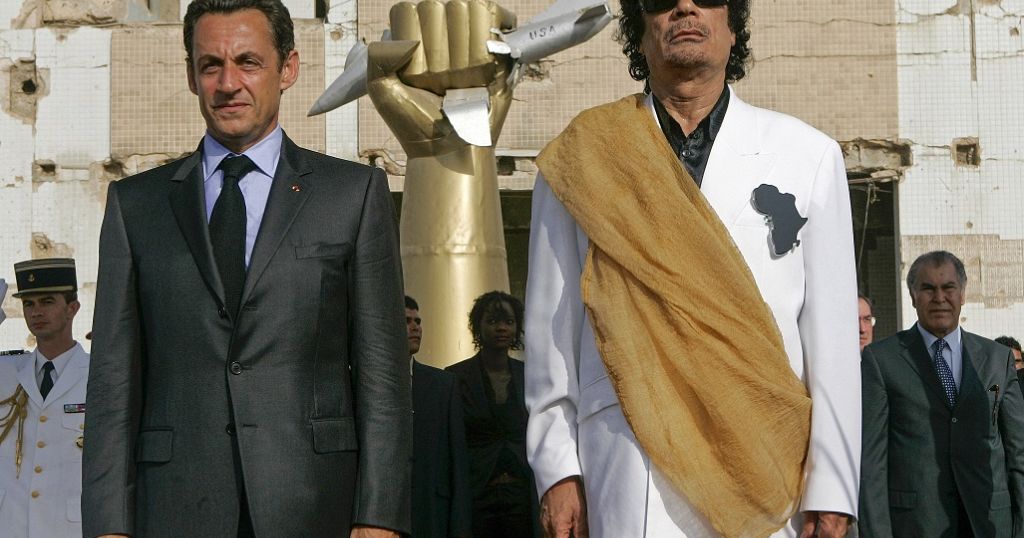

![São Tomé and Príncipe : Ousted Prime Minister Takes Legal Action [Interview] São Tomé and Príncipe : Ousted Prime Minister Takes Legal Action [Interview]](https://static.euronews.com/articles/stories/08/95/83/04/1024x538_cmsv2_2b4ddc2e-c26f-5113-927e-34c0766d058f-8958304.jpg)
